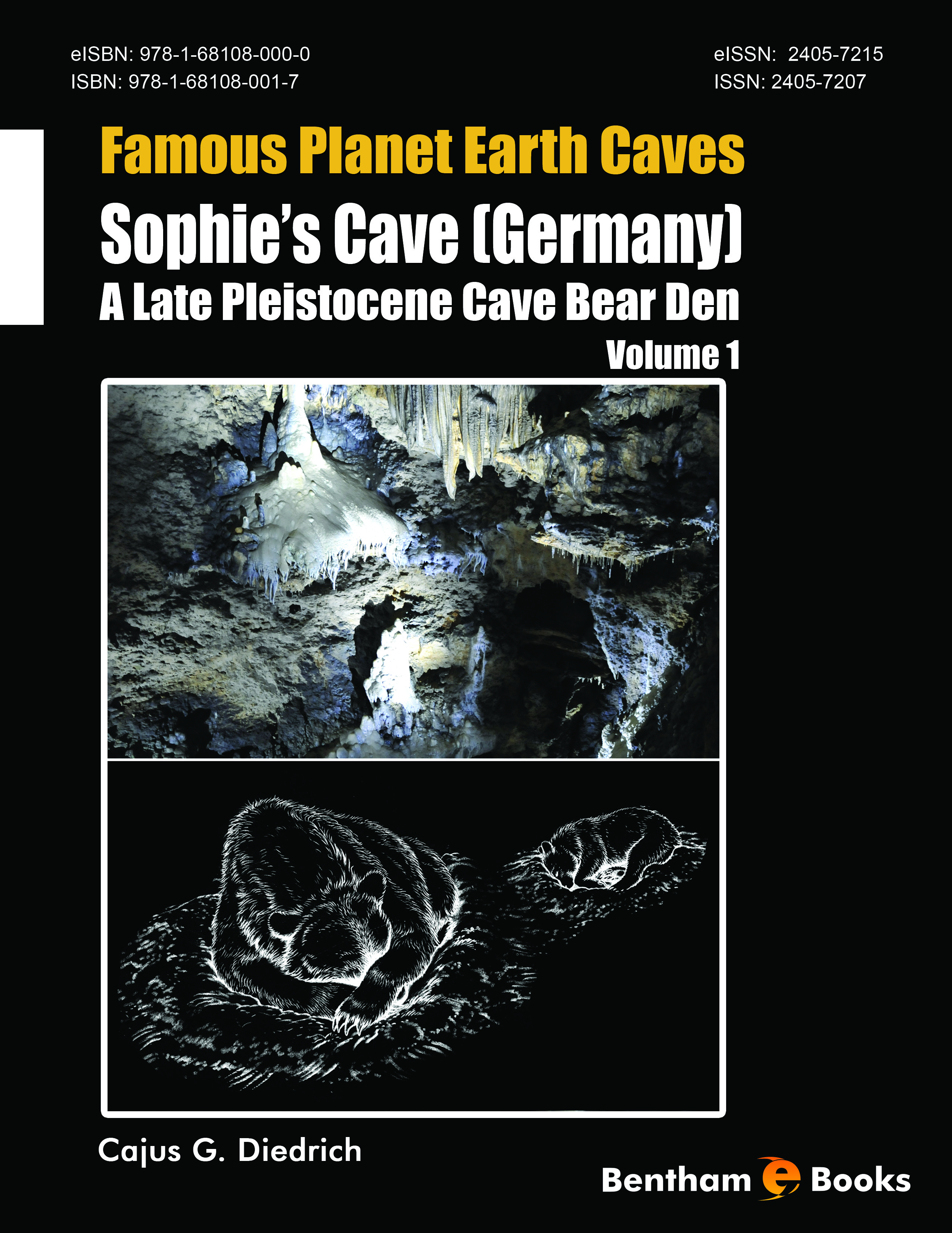Introduction
Famous Planet Earth Caves - The new series presents important caves or rock shelters in any kind of rock types all over the world. Each book focuses on a single cave presentation covering different and most important disciplines of a cave: Geology (e.g. cave genesis, sedimentology, speleothems) such as Hydrogeology (e.g. speleothems for climate reconstructions, aquifer reconstructions), Paleontology (e.g. cave bear or carnivore dens), Archeology (e.g. Palaeolithic to Medieval camp or burial sites) and modern Biology (e.g. bat caves). The books are scientific chaptered monographs, sometimes of show caves, but often of non- or difficult to access caves. The well illustrated books are written in a mixed scientific and popular scientific way for a better understanding and larger readership, especially speleologists and natural scientists all over the world.
This volume gives details of Sophie’s cave in Ahorntal, Germany. The cave is notable for the presence of bears throughout the ice age and this has shaped the biological and hunting activities in its vicinity. Readers will find information about the speleology, ice age paleontology and archeology of this intriguing limestone show cave.

